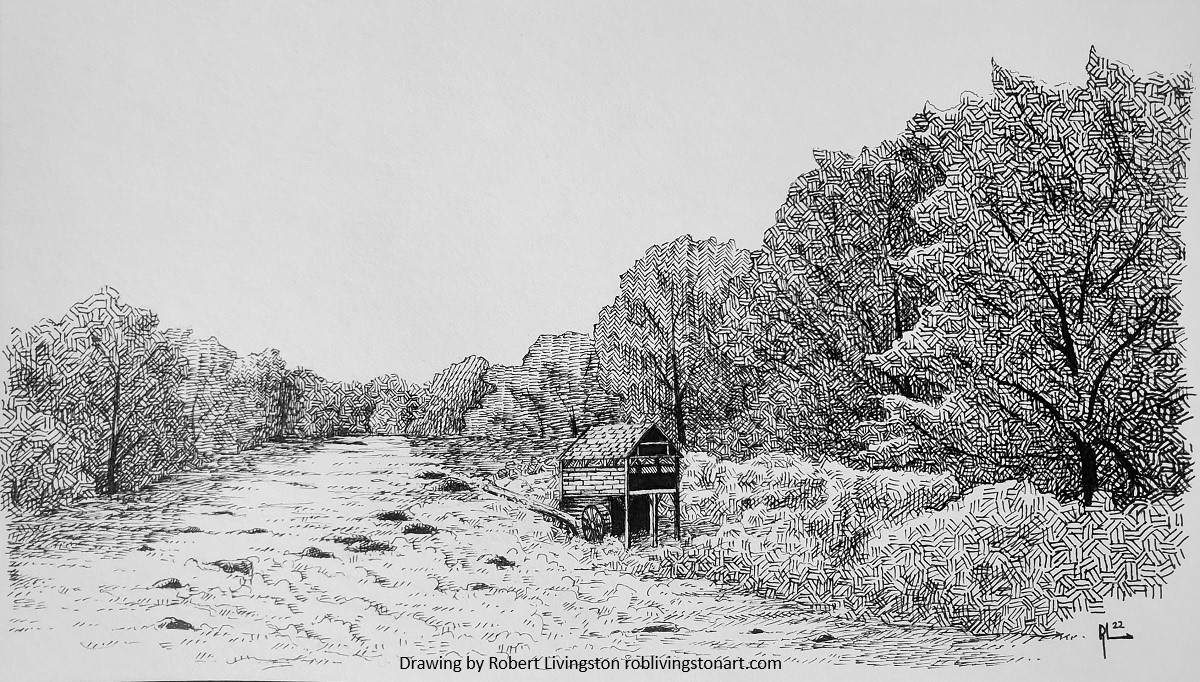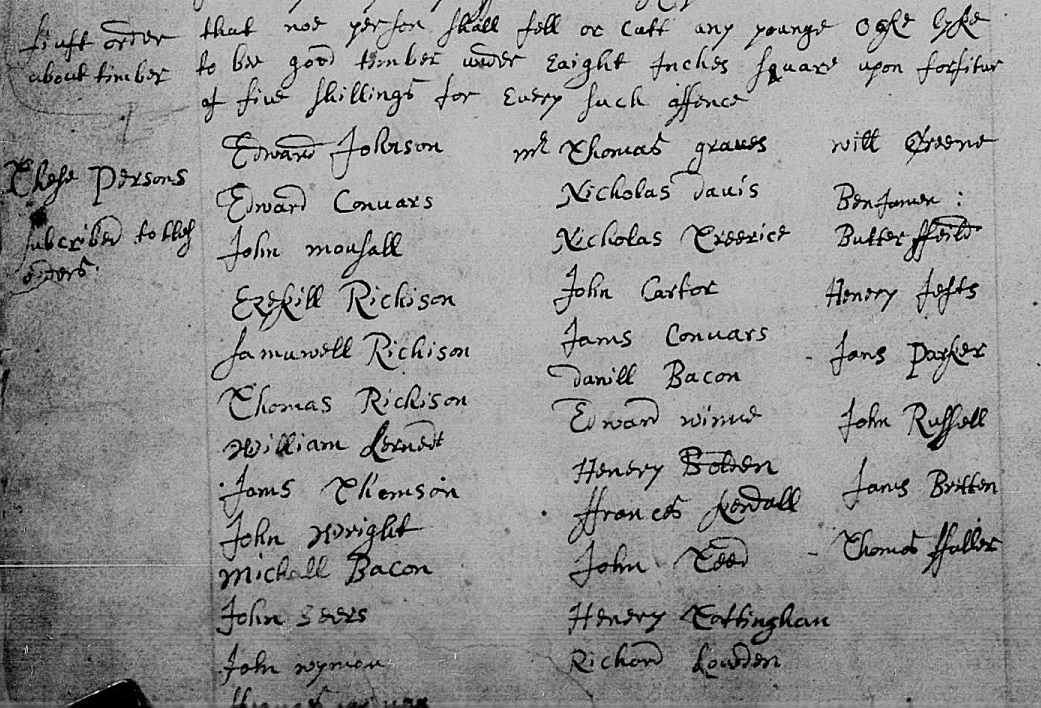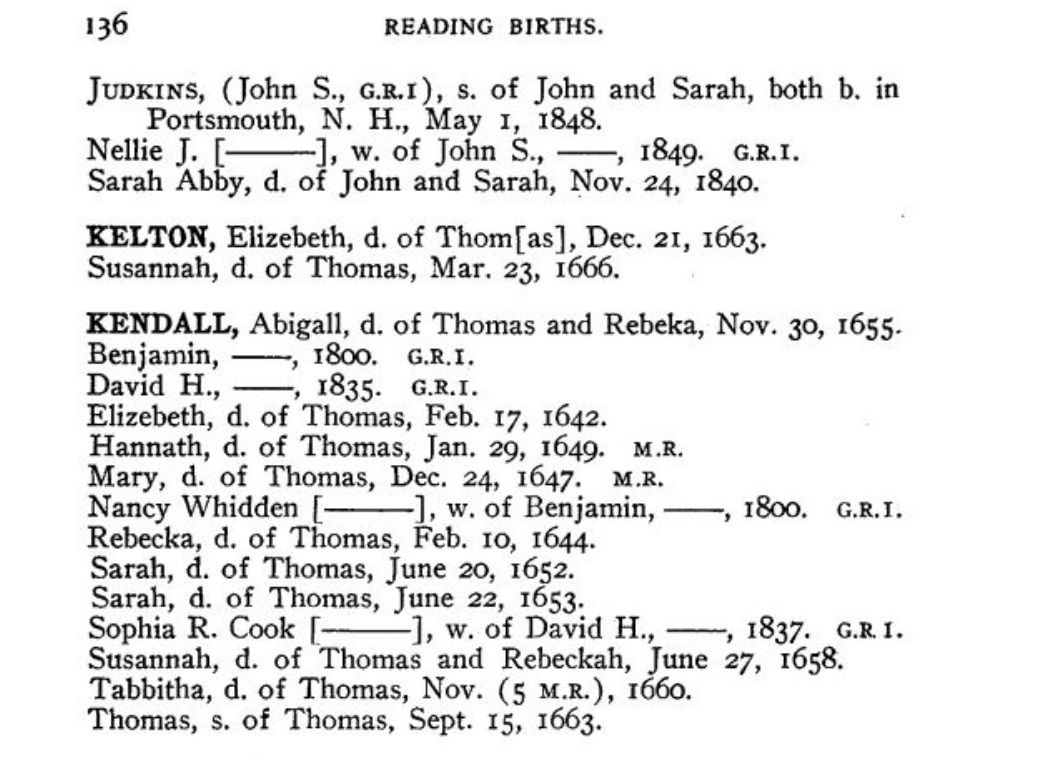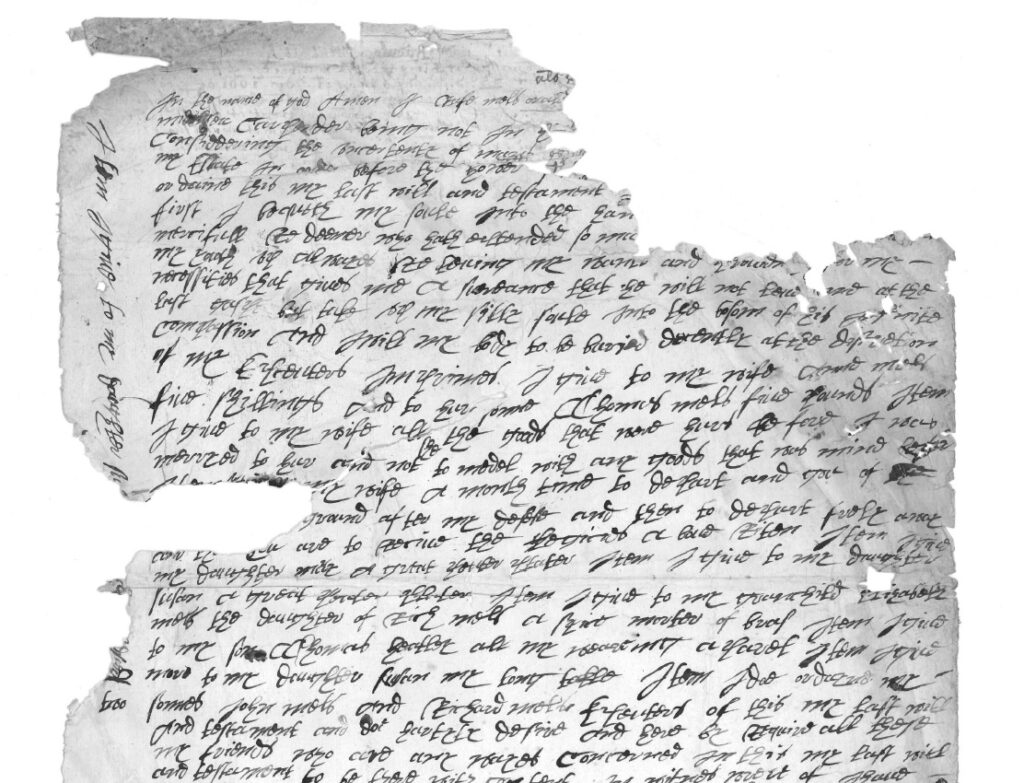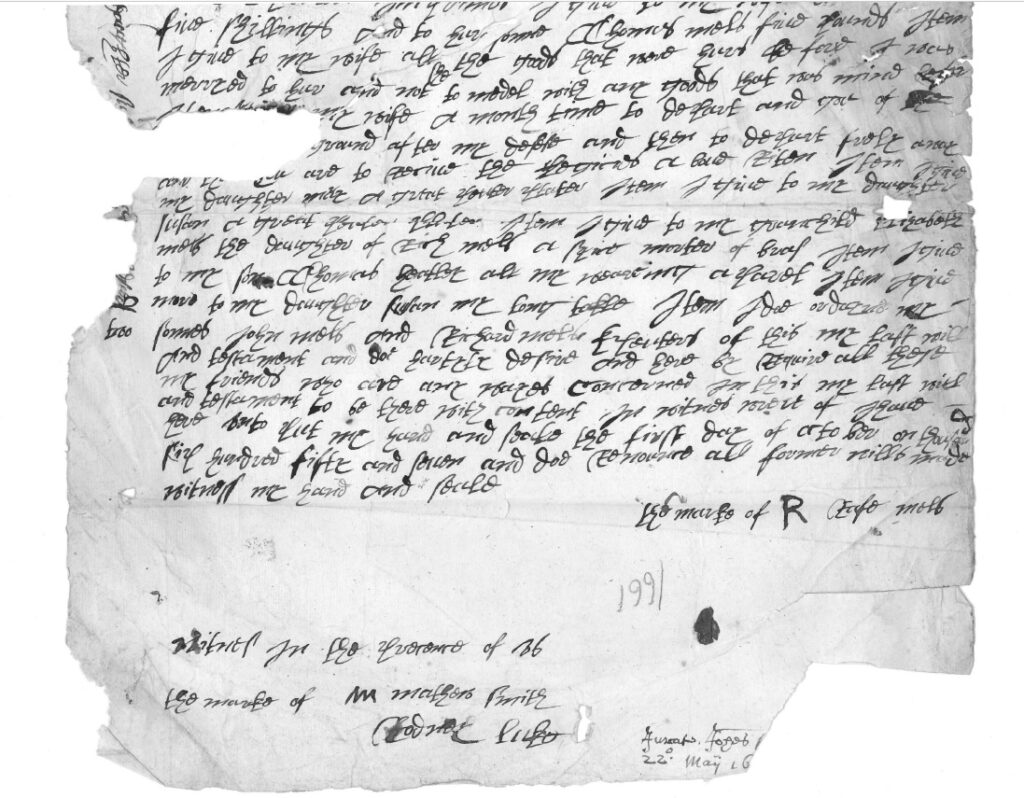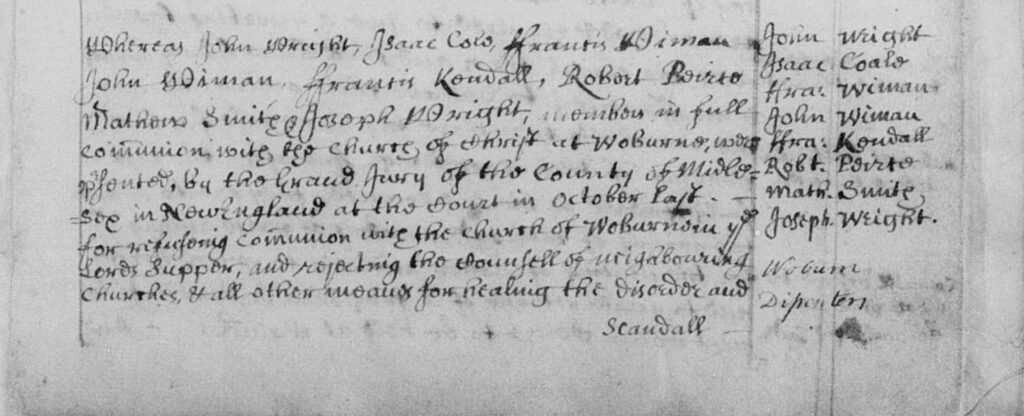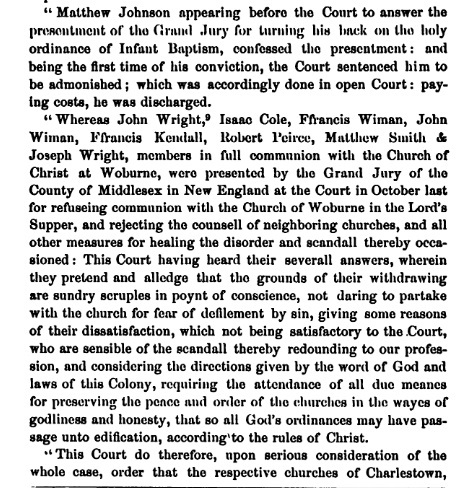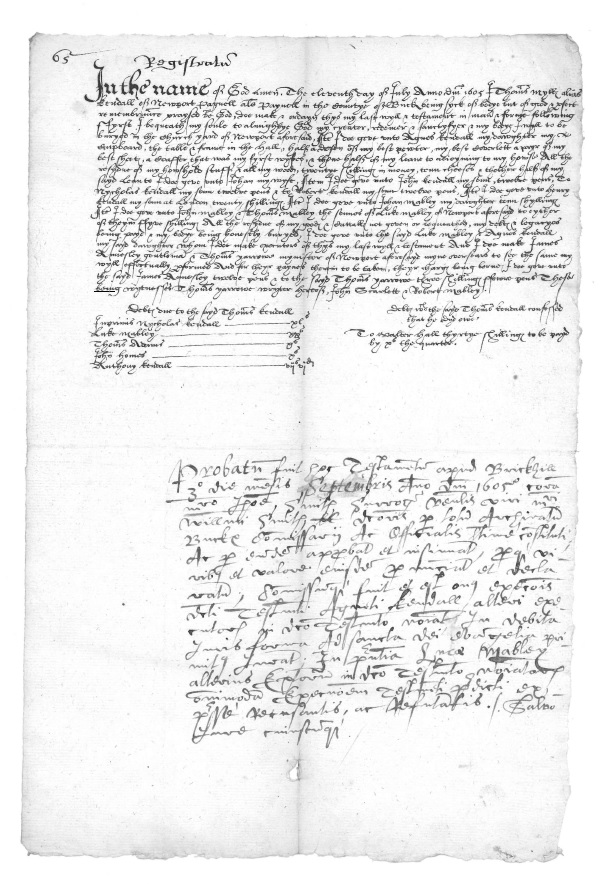Toton and Attenborough, in the south-west corner of Nottinghamshire, are today pleasant residential suburbs of the City of Nottingham, spread alongside the extensive and watery Nature Reserve and Natural Park on the River Trent.
From the first written records, however, Toton (pronounced today as Toe-t’n) and Long Eaton together were the heart of Starbucky Territory in England – less than a mile apart, joined by footbridges and fords across the river Erewash. Here was where most Starbucks lived during migrant Edward’s time. Our sister-article about Long Eaton should be read alongside this one, to appreciate the joint importance of these two small places to the Starbuck story.

Toton was a Manor (including the settlement of Attenborough) and at the same time it was a township within the parish of Attenborough St Mary. Therefore, we have two primary sets of records to tell us about Starbucks in the 1550-1640 period. One is the Manor of Toton Court Books kept by the Stanhope family’s Stewards from the 1580s.[1] The other is Attenborough St Mary’s parish registers which begin in 1560[2]. In comparison to the virtual absence of data for Sawley and Long Eaton in this time period, Toton and Attenborough yield an embarrasment of riches – and show us the extent and nature of what we must be missing for Starbucks in Sawley and Long Eaton.
Continue reading “Starbucky Territory: Toton in Attenborough, Nottinghamshire”